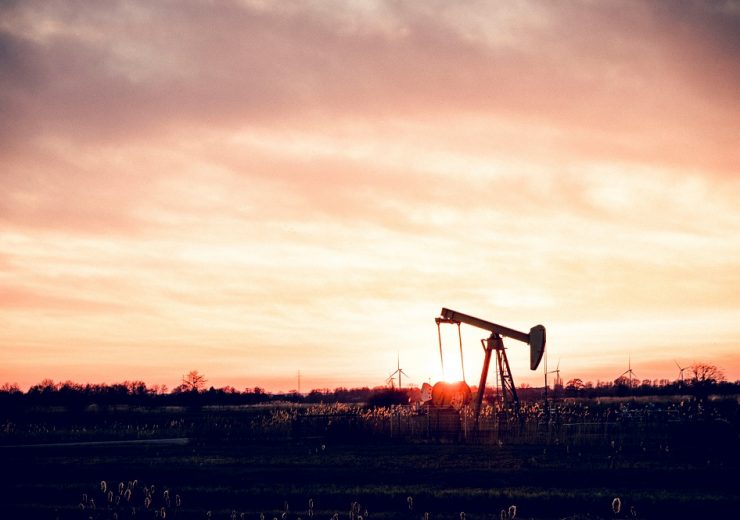Global oil demand could reach 100.6 million barrels per day by the end of 2022, allowing producers to open the taps after a year of restraint

The IEA sees oil demand continuing to rise in the absence of near-term policies to tackle carbon emissions (Credit: Moritz Kindler/Unsplash)
Global oil demand is expected to surpass pre-Covid levels by the end of 2022, according to the International Energy Agency (IEA), giving producers who have been maintaining output discipline an opportunity to increase supplies to the market.
A record annual demand decline of 8.6 million barrels per day (bpd) was triggered by the pandemic in 2020, but as major economies now begin to bring the health crisis under control and accelerate vaccine distribution, a rebound of 5.4 million bpd is forecast this year.
This trend should continue into 2022, adding a further 3.1 million bpd to global oil consumption to reach 100.6 million bpd by the end of next year.
Supplying oil demand recovery into 2022 ‘unlikely to be a problem’
Meeting this expected demand growth is “unlikely to be a problem”, the IEA said in its latest monthly oil market update, published today (11 June).
Opec+ countries, which have been holding back production since May 2020, must now “open the taps to keep world markets adequately supplied,” it added.
Members of the oil-exporter alliance will have 6.9 million bpd spare production capacity available, even after they set about pumping an additional two million bpd over the current May-July period.
Countries outside the alliance – including the US, Canada, Brazil and Norway – are expected to more than double their output next year from 700,000 bpd to 1.6 million bpd.
And an additional 1.4 million bpd could flow into the market “in relatively short order” if US-imposed sanctions on Iran are lifted as part of efforts to renegotiate a 2015 nuclear deal that was scrapped under President Trump.
Indeed, the US took some early steps in this direction yesterday, dropping a clutch of sanctions imposed against some Iranian officials and energy companies “as a result of a verified change in status or behaviour”.
Nevertheless, the IEA cautions the demand recovery “will be uneven not only amongst regions but across sectors and products”.
Slower vaccine distribution in non-OECD countries could jeopardise the rebound, while remaining travel restrictions and changing transport habits could further dampen demand from aviation and road travel sectors.
A strengthening of measures to tackle climate change has the potential to reshape the outlook for oil markets, although a current absence of near-term policies among many countries for reaching their net-zero pledges means “oil demand looks set to continue to rise, underlining the enormous effort required to get on track to reach stated ambitions”.
Crude oil prices have continued to strengthen in recent weeks, with Brent trading above $70 per barrel throughout June so far, and West Texas Intermediate (WTI) not far behind.
